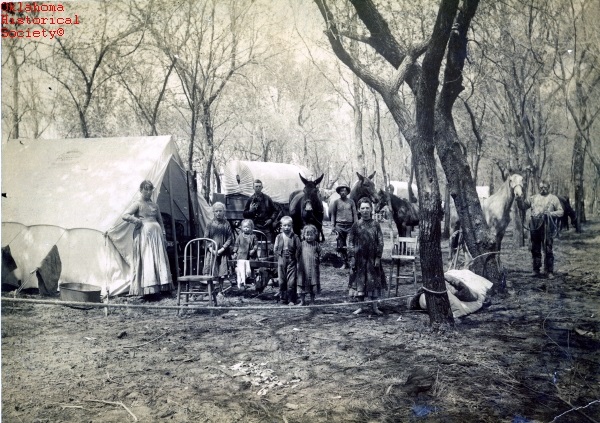 There are folks you expect to write all fancy. Poets, for example. Certain flavors of novelists. Artsy musician types. George Will.
There are folks you expect to write all fancy. Poets, for example. Certain flavors of novelists. Artsy musician types. George Will.
Education bloggers, not so much.
That’s just as well. Rhetorical flourish is a tricky business. Like cilantro, it can add unexpectedly welcome flavor and complexity, or make an entire passage taste like old soap. And language evolves in such unpredictable fashion that you can never be sure how that bit of clever wordplay might read a generation or two later.
Some historical figures clearly labored over word choice with sufficient fervor that even their personal letters play like Dvorak’s lost drinking songs. Consider Thomas Jefferson in a letter to fellow Virginian and Founding Father-type Edmund Pendleton, dated August 26, 1776:
You seem to have misapprehended my proposition for the choice of a Senate. I had two things in view: to get the wisest men chosen, and to make them perfectly independent when chosen. I have ever observed that a choice by the people themselves is not generally distinguished for its wisdom.
They’ve apparently been corresponding about politics – no surprise there, given the parties and the date. Jefferson proffers a sophisticated balance of Enlightened precision and dry wit. His understatement is both amusing and a tad vain.
Then again, he was Thomas Jefferson – so maybe we can let him slide on the latter.
This first secretion from them is usually crude and heterogeneous. But give to those so chosen by the people a second choice themselves, and they generally will chuse wise men.
He’s proposing what was essentially an electoral college for selecting Senators. That’s not how we ended up doing it, although until the 17th Amendment Senators were chosen by their States rather than the people directly, providing a comparable filter. What’s golden here, though, is the straight-faced use of slug imagery in reference to the common man and democracy.
 Jefferson was an idealist – he genuinely believed a nation of ever-revolutionary small farmers was as close to heaven on earth as mankind could ever approach. And he does get there – “they generally will chuse wise men.” It’s just that the process, in his mind, must be carefully designed to accommodate those initial “crude secretions.”
Jefferson was an idealist – he genuinely believed a nation of ever-revolutionary small farmers was as close to heaven on earth as mankind could ever approach. And he does get there – “they generally will chuse wise men.” It’s just that the process, in his mind, must be carefully designed to accommodate those initial “crude secretions.”
Is it sad that I’m eternally entertained by phrases like that? On second thought, don’t answer that.
Later in the same letter, Jefferson considers the issue who is or is not qualified to vote or hold office.
You have lived longer than I have and perhaps may have formed a different judgment on better grounds; but my observations do not enable me to say I think integrity the characteristic of wealth.
Again with the understatement, this time combined with a purely rhetorical deference to his cohort.
In general I believe the decisions of the people, in a body, will be more honest and more disinterested than those of wealthy men: and I can never doubt an attachment to his country in any man who has his family and peculium in it.
‘Peculium’ here means ‘stuff’. It’s one of those vocabulary words that gives my kids fits. It’s rare enough that it’s not always in student dictionaries and it gives them nothing to work with in terms of root words or prefixes or whatnot. It does, however, come up again in evolved form in President Jackson’s speech to Congress on Indian Removal in 1830:
The consequences of a speedy removal will be important to the United States, to individual States, and to the Indians themselves. The pecuniary advantages which it promises to the Government are the least of its recommendations…
 It’s the same Latin root as ‘peculiar’ – uncommon, or distinctive. Go back far enough and it suggests property belonging or assigned to a specific person. Suddenly what seem like unrelated definitions start to make sense. ‘Peculium’ = someone’s stuff. ‘Pecuniary’ = related to wealth. ‘Peculiar’ = weird. All from ‘distinctive,’ but said fancy.
It’s the same Latin root as ‘peculiar’ – uncommon, or distinctive. Go back far enough and it suggests property belonging or assigned to a specific person. Suddenly what seem like unrelated definitions start to make sense. ‘Peculium’ = someone’s stuff. ‘Pecuniary’ = related to wealth. ‘Peculiar’ = weird. All from ‘distinctive,’ but said fancy.
Which is, if you think about it, rather fitting, given the definitions.
Sometimes what grabs your attention is simply the way language changes over time:
The fantastical idea of virtue and the public good being a sufficient security to the state against the commission of crimes, which you say you have heard insisted on by some, I assure you was never mine. It is only the sanguinary hue of our penal laws which I meant to object to. Punishments I know are necessary, and I would provide them, strict and inflexible, but proportioned to the crime.
Good Lord, Tom – gasconade, much?
Still, how can you not love “sanguinary hue”? So highbrow, yet so graphic. My students, of course, are completely derailed by ‘penal laws’ and rarely manage to return to the richness of the phrase preceding it. Because, you know, they’re 14. Literally.
But that’s Jefferson – a known intellectual and proud froo-froo. He was, after all, the guy to whom a bunch of other smart people turned when it was time to boldly-but-nobly declare our breakup with England. “We hold these truths to be self-evident” and all that.

I’ve been compiling primary sources on David L. Payne and the “boomer” movement lately – an important part of Oklahoma and American history, to be sure, but not a group you might assume prompted much purdy talkifying. And yet, a century after the lofty rhetoric of the Founders and their ilk, we find the most interesting phraseology in humble local newspapers when he’s discussed.
From The Sedalia Weekly Bazoo, Sedalia, MO (August 24, 1880):
Capt. L. D. Payne, arrested for an alleged violation of the federal laws governing intercourse with the Indian territory west of Arkansas…
Yeah, sometimes it’s not the fancy talk so much as it is the repeated use of words like “intercourse.” Again, 14.
…arrived Thursday at Fort Smith in custody of the United Marshal and will be tried before Judge Parker, of the western district court of Arkansas, whose jurisdiction covers Oklahoma…
The question to be decided in it is whether or not for the present white settlers shall be barred from that territory, which includes some of the most fertile land in the world, and that land be used only by nomadic tribes who will not cultivate and develop its resource; whether it shall be a farm or a hunting-ground; an abode of civilization or savagery; a garden or a wild.
My my! Of course, major media back then tended to more openly editorial. They weren’t all fair and balanced like we’ve come to expect today.
From The Weekly Kansas Chief, Troy, KS (May 05, 1881):
A private dispatch was received by Oklahoma Payne in this city yesterday, announcing an unfavorable result of his trial before the United States court at Fort Smith. The faces of a number of men who had gathered to his headquarters in response to a call for a meeting to-day visibly lengthened…
{Payne} made a full statement of his arrest and trial and the formal announcement of the result, but urged the settlers to stand by their organization until victory should crown their efforts…
That bit of divine flourish may have reflected Payne’s speech rather than the reporter’s biases, but still…
And I like the “visibly lengthened” faces by way of description. It reminds me of the way sportscasters come up with hundreds of ways to say “ran,” “scored,” “failed,” or “wow.”
There were eighty-seven present at the meeting… Resolutions were reported from a committee and adopted urging Payne to renew his efforts at affecting a lodgment in territory; criticising the place of Payne’s trial, and asking a change of venue. After which the great Oklahoma boom collapsed.
Funny how concise can convey so much dismissiveness. Also, “his efforts at affecting a lodgment”? I chuckle thereforth.
From the Omaha Daily Bee, Omaha, NE (November 30, 1881):
Out of the active brain and adventurous spirit of Capt. Dave Payne, known in border life and drama as the Scout of the Cimarron, grew the project known as the Oklahoma colony, scheme. And that scheme is the settlement of the lands belonging to the government of the United States, a vast body of fine arable land in the Indian Territory, on the north fork of the Canadian river.
This reads less like the first paragraph of a newspaper report and more like a pitch for a TV miniseries starring Brian Keith and Rob Schneider in his dramatic comeback role.
The project of planting a white colony in the very heart of the Indian Nation was at first regarded with indifference and afterwards with absolute ridicule; but to those who personally know Capt. Payne, and know him as he is, this project is not the dream of a fanatic. To them Payne is fostering no wild, filibustering scheme, nor lawlessly defying the government of the United States. Capt. Payne is a man of ability and legislative experience…
He is thoroughly conversant with Indian customs, manners, and warfare, skilled in woodcraft, and the peer of any marksman on the border with the rifle. His courage never was questioned. He is a giant in stature and a marvel in strength. Such, then, is a pen-picture of Capt. Dave Payne—”Oklahoma” Payne as he is now called…
I confess I mostly just like the created term, “pen-picture.”
The Kansas City Journal, quoted by The Wichita City Eagle, Wichita, KS (May 25, 1882):
“…if Payne and his followers would display one-half the energy and perseverance in tilling a few acres of Kansas soil as they do in getting a foothold in the Indian Territory, they would have no cause to complain of impecuniosity.
Isn’t it funny how once you know a strange new word, you seem to come across it, or its variations, everywhere? Impecuniosity…? Expialidocious!
It is a too common fault of the Indolent and shiftless that they nurse their idleness by dreams of something just beyond their reach. The farmer who by poor management finds it impossible to accumulate even a small store of money for a rainy day, is often found making elaborate calculations for selling out and removing to the Pacific coast; whereas, if he would devote as much money to the comfort of himself and family or to the improvement of his farm or stock, as it would cost him to remove his family to Oregon or Washington Territory, he would be much the wiser.”
Don’t hold back, Kansas. What do you really think of the boomers?
From The New York Times, New York, NY (February 03, 1883):
The language of PAYNE’S circular glows with adjectives and promises. The beautiful land of Oklahoma is “the garden spot, the Eden of modern times.” “Come,” says PAYNE, “and go with us to this beautiful land and secure for yourself and children homes in the richest most beautiful and best country that the Great Creator in His Goodness, has made for man.” But the circular fails to convey with sufficient clearness the information that this garden spot is no more open to settlement by PAYNE and his colonists than are the Central Park and Boston Common. The Territory belongs to the Indians and is secured to them by treaties.
That’s a nice analogy, the park thing. It plays off of Payne’s Eden imagery, while offering a sharp rhetorical contrast. His ideas are diminished and refuted by the sudden downshift in language. Sweet!
PAYNE has been taken by the nape of the neck once already and pitched out of the Territory. If he carries out his announced intention and the Government does its duty, he will be pitched out again and the foolish citizens who allow themselves to be inveigled into an unlawful enterprise by his fine promises will get into serious trouble.
“Now, Junior – don’t be getting inveigled into no unlawful enterprises!”
My absolute favorite, though, is less about vocabulary and more about structure and tone. It’s also from The New York Times, this time on April 9, 1891:
Topeka, Kan., April 8.- Is Oklahoma really overrun with negroes, and has there been an influx of pauper negroes from the South? So many conflicting answers have been given in response to these two questions that it was impossible to arrive at the truth…
In order to determine the truth, THE TIMES’s representative determined to visit the Territory and see what was to be seen, and to learn from interested persons as much of the truth as they could be prevailed upon to surrender. Those who have never attempted to draw the truth from an Oklahomaite can hardly realize the difficulties that are presented.
Imagine, if you can, a day and age in which the Times was periodically a tad opinionated about such things.
 And… “Oklahomaite”?
And… “Oklahomaite”?
The Territory was born in falsehood, was baptized in falsehood, and falsehood has been the principal article of diet ever since that fateful 23rd day of April, 1889, when the “sooners” became the leading citizens of a country opened to settlement too late in the year for the planting of crops, and to which the poverty-stricken were invited by speculators and impecunious lawyers…
OH-MY-GOD-ARE-VARIATIONS-OF-THAT-WORD-GOING-TO-BE-EVERYWHERE-NOW?!?! Was it trending that century or something?
…who had been permitted to enter beforehand by a pig-headed Administration, which could see nothing good outside the ague-stricken Wabash bottoms of Indiana.
That last bit is a jab at President Benjamin Harrison. While I’m sorry for the ghost of the man who officially opened up O.T. to white settlement, I can’t help but experience mild rapture at any outburst involving “ague-stricken Wabash bottoms.”
*snort*
I actually love this whole piece enough that I wrote at length about it here and here, and even transcribed it in its entirety. For now, though, I’m well-past my own self-imposed rambling limits and have said far too little with far too many words of my own.
I assure you that I rue this impecunious, if epiphenomenal, imbroglio.
Nope – doesn’t really work when I try it. Oh well.
RELATED POST: Defining Moments
RELATED POST: Boomers & Sooners, Part Two (An Editorial, A Payne, and Some Booming)
RELATED POST: Primary Source: A Chance In Oklahoma (Harper’s Weekly, 1901)



 “I’m not talking anymore! I can’t see over there! I’m being good! Just one more chance and if I mess up, you can move me! Please?!?!?? Pleeeeaaaaassssseeeee??!?!?!!!???”
“I’m not talking anymore! I can’t see over there! I’m being good! Just one more chance and if I mess up, you can move me! Please?!?!?? Pleeeeaaaaassssseeeee??!?!?!!!???”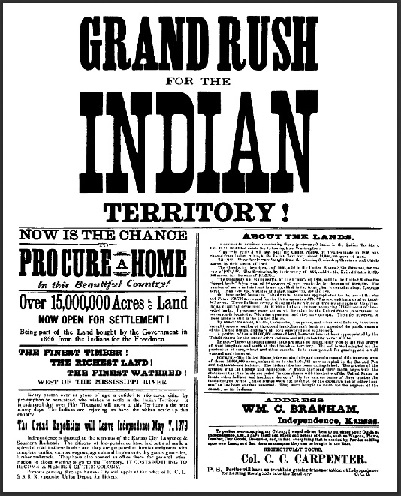 The issue is not bold defiance or soft incompetence. It’s a calculated risk on the part of the student – who knows you. She’s betting you won’t go nuclear on her – no referrals, no yelling, no hurling heavy objects. She’s ready at any point to back down and comply – at least until your attention has shifted. She’s also sure you have things you’d rather be doing than power struggle with her, and that you don’t actually dislike her – even if she is making you crazy at the moment.
The issue is not bold defiance or soft incompetence. It’s a calculated risk on the part of the student – who knows you. She’s betting you won’t go nuclear on her – no referrals, no yelling, no hurling heavy objects. She’s ready at any point to back down and comply – at least until your attention has shifted. She’s also sure you have things you’d rather be doing than power struggle with her, and that you don’t actually dislike her – even if she is making you crazy at the moment. 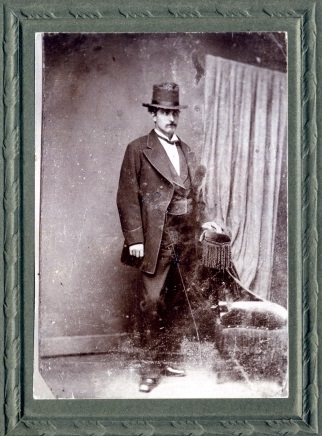 He had a common-law wife and a son who was, by definition, “out-of-wedlock.” He volunteered to fight for the Union as soon as the war broke out, then stayed in the army to help ‘civilize’ the Great Plains after. He fought under Custer and knew Kit Carson and Wild Bill Hickok.
He had a common-law wife and a son who was, by definition, “out-of-wedlock.” He volunteered to fight for the Union as soon as the war broke out, then stayed in the army to help ‘civilize’ the Great Plains after. He fought under Custer and knew Kit Carson and Wild Bill Hickok. 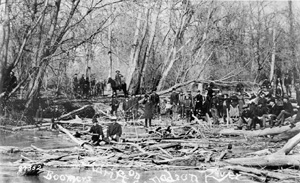 He was removed by the U.S. Army, but he went in again. He was removed again, then went in again. Removed, return, removed, return, removed, return, removed…
He was removed by the U.S. Army, but he went in again. He was removed again, then went in again. Removed, return, removed, return, removed, return, removed…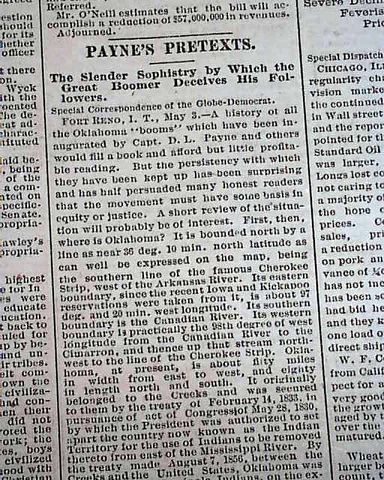 He KNEW the U.S. Army didn’t actually want to shoot anyone over this land. He was betting they wouldn’t even actually imprison him – or anyone else – for any length of time. Not for THIS.
He KNEW the U.S. Army didn’t actually want to shoot anyone over this land. He was betting they wouldn’t even actually imprison him – or anyone else – for any length of time. Not for THIS. 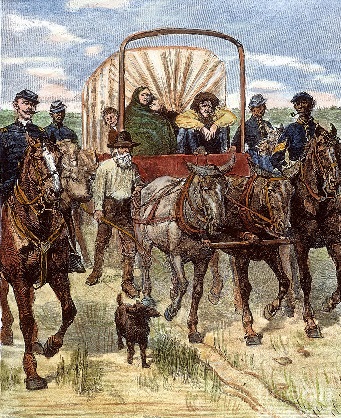 And then he returned.
And then he returned.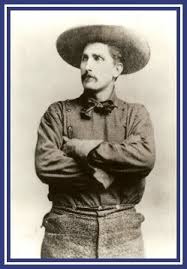 Payne believed.
Payne believed.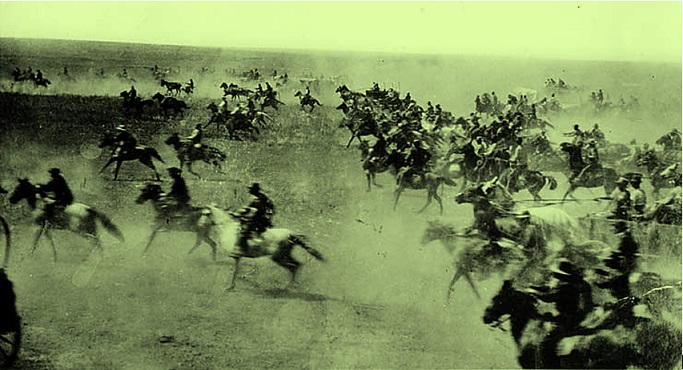
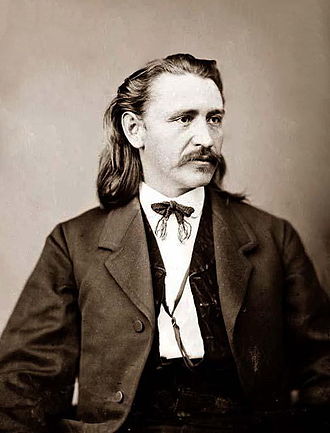 Elias C. Boudinot was the son of Elias “I Don’t Have A Middle Name” Boudinot, who’d helped to establish and edit the first Amerindian newspaper, the Cherokee Phoenix. Remember Sequoyah and his syllabary? Boudinot was the guy who turned it into movable type so it could be printed easily.
Elias C. Boudinot was the son of Elias “I Don’t Have A Middle Name” Boudinot, who’d helped to establish and edit the first Amerindian newspaper, the Cherokee Phoenix. Remember Sequoyah and his syllabary? Boudinot was the guy who turned it into movable type so it could be printed easily.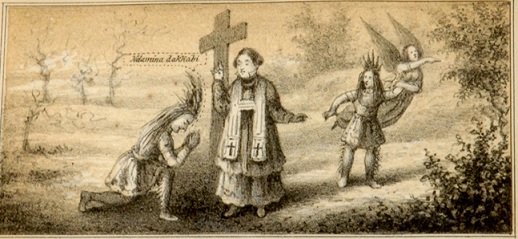 The rest of the younger Boudinot’s upbringing took place in Connecticut with his mother’s family – a well-off people of some status who supported Christian missionaries among the Cherokee. These weren’t the yelling and shaking godly fists types of missionaries, or the Spanish Priests variety who thought enslavement was good for the sinful savage. These were the kind of missionaries who tried to make themselves legitimately useful among those to whom they were missioning, but who also hoped to eventually change a few key traditions and values – like, say… killing those who sign away tribal lands.
The rest of the younger Boudinot’s upbringing took place in Connecticut with his mother’s family – a well-off people of some status who supported Christian missionaries among the Cherokee. These weren’t the yelling and shaking godly fists types of missionaries, or the Spanish Priests variety who thought enslavement was good for the sinful savage. These were the kind of missionaries who tried to make themselves legitimately useful among those to whom they were missioning, but who also hoped to eventually change a few key traditions and values – like, say… killing those who sign away tribal lands.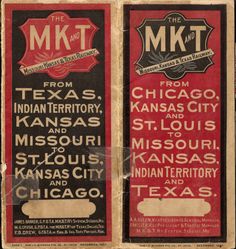 Elias C. Boudinot became in many ways the worst version of his father’s progressive vision – a political figure who worked in both Indian Territory (I.T.) and Washington, D.C., often more in support of railroads and national expansion than anything traditionally Cherokee. The excerpts below are from a letter he wrote which created quite a stir after its publication in 1879.
Elias C. Boudinot became in many ways the worst version of his father’s progressive vision – a political figure who worked in both Indian Territory (I.T.) and Washington, D.C., often more in support of railroads and national expansion than anything traditionally Cherokee. The excerpts below are from a letter he wrote which created quite a stir after its publication in 1879.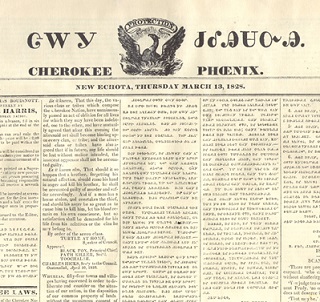 The Reconstruction Treaties made with the various ‘Civilized Tribes’ after the Civil War include ‘freedmen’ explicitly and persistently. This choice of words was presumably intended to reinforce the postbellum reality that former slaves of the various tribes were now free, and under these treaties were to receive full rights and privileges of tribal citizenship. In this case, this meant access to land under the same terms as any other member of their respective tribes.
The Reconstruction Treaties made with the various ‘Civilized Tribes’ after the Civil War include ‘freedmen’ explicitly and persistently. This choice of words was presumably intended to reinforce the postbellum reality that former slaves of the various tribes were now free, and under these treaties were to receive full rights and privileges of tribal citizenship. In this case, this meant access to land under the same terms as any other member of their respective tribes. 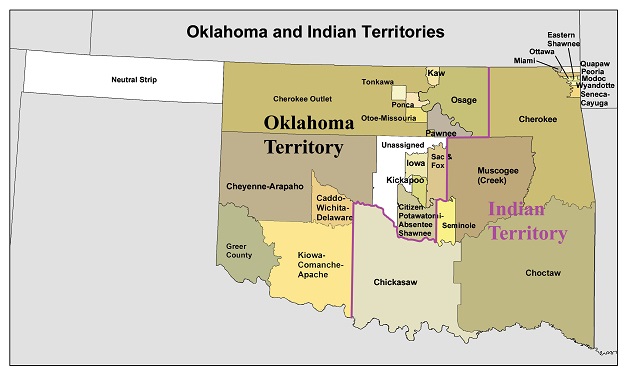 While the Massacre at Wounded Knee (which effectively ended Amerindian resistance on the Great Plains) was a decade away, Boudinot was correct that the vast majority of those who were to be ‘relocated’ had already been moved. This ‘extra land’ in Indian Territory was unlikely to be assigned anytime soon.
While the Massacre at Wounded Knee (which effectively ended Amerindian resistance on the Great Plains) was a decade away, Boudinot was correct that the vast majority of those who were to be ‘relocated’ had already been moved. This ‘extra land’ in Indian Territory was unlikely to be assigned anytime soon.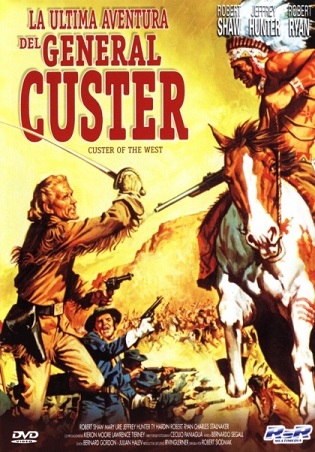 Enter Charles C. Carpenter, a former Civil War… er, ‘participant’ in various capacities, both official and not. Apparently a fan of the recently deceased George Armstrong Custer, Carpenter sported long golden curls and buckskins. A commanding officer wrote of him that “he adds great shrewdness to the reckless courage which he undoubtedly possesses.”
Enter Charles C. Carpenter, a former Civil War… er, ‘participant’ in various capacities, both official and not. Apparently a fan of the recently deceased George Armstrong Custer, Carpenter sported long golden curls and buckskins. A commanding officer wrote of him that “he adds great shrewdness to the reckless courage which he undoubtedly possesses.”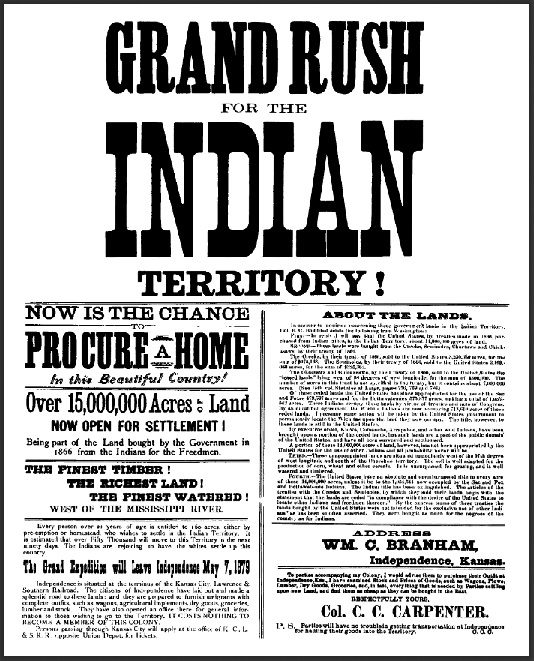 He was persuasive enough, though, to organize at least one big ‘boomer’ push into Indian Territory, where the limits of the government’s determination would be tested by a few brave souls willing to rough it and even risk trouble with the law to grab their little piece of the American Dream. Or at least, that was how they framed themselves.
He was persuasive enough, though, to organize at least one big ‘boomer’ push into Indian Territory, where the limits of the government’s determination would be tested by a few brave souls willing to rough it and even risk trouble with the law to grab their little piece of the American Dream. Or at least, that was how they framed themselves. 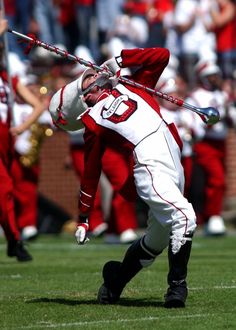 If you’re from Oklahoma, or if you follow college football, or if you’ve ever been to OU, or if you have a pulse, you’ve probably more than once been subjected to the Hyper-Sousa-ish throb of the University of Oklahoma’s “Boomer Sooner.” If you’re truly dyed deep in just the right shade of maroon, you may even know the words:
If you’re from Oklahoma, or if you follow college football, or if you’ve ever been to OU, or if you have a pulse, you’ve probably more than once been subjected to the Hyper-Sousa-ish throb of the University of Oklahoma’s “Boomer Sooner.” If you’re truly dyed deep in just the right shade of maroon, you may even know the words: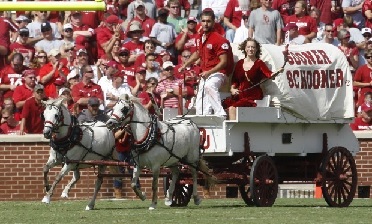 Those aren’t ALL of the words, of course – that would be silly. The second verse takes the theme to new depths:
Those aren’t ALL of the words, of course – that would be silly. The second verse takes the theme to new depths: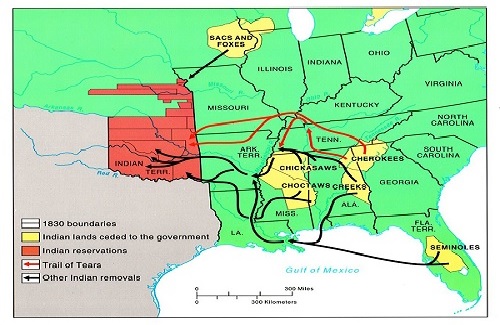
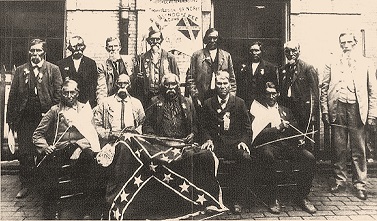 Only staying out of the conflict wasn’t as easy as they’d hoped. When pushed, many sympathized with the South, especially after Confederates promised them a better deal should they prevail. Some remained ‘loyal’ to the North, and a few went to great lengths to resist involvement altogether. Eventually, however, a majority of the 5CT were Confederates, including the colorful Stand Watie – the last Confederate General to officially surrender at the end of the war.
Only staying out of the conflict wasn’t as easy as they’d hoped. When pushed, many sympathized with the South, especially after Confederates promised them a better deal should they prevail. Some remained ‘loyal’ to the North, and a few went to great lengths to resist involvement altogether. Eventually, however, a majority of the 5CT were Confederates, including the colorful Stand Watie – the last Confederate General to officially surrender at the end of the war.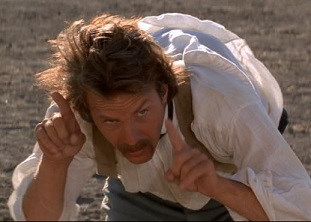 That made room for the U.S. to begin packing in other tribes, this time mostly from the Great Plains. The Cheyenne, Arapaho, Wichita, Kickapoo, Pawnee, Apache, Comanche… and of course the Lakota Sioux. Remember Dances With Wolves? Yeah, this was THAT time period. Tatanka.
That made room for the U.S. to begin packing in other tribes, this time mostly from the Great Plains. The Cheyenne, Arapaho, Wichita, Kickapoo, Pawnee, Apache, Comanche… and of course the Lakota Sioux. Remember Dances With Wolves? Yeah, this was THAT time period. Tatanka.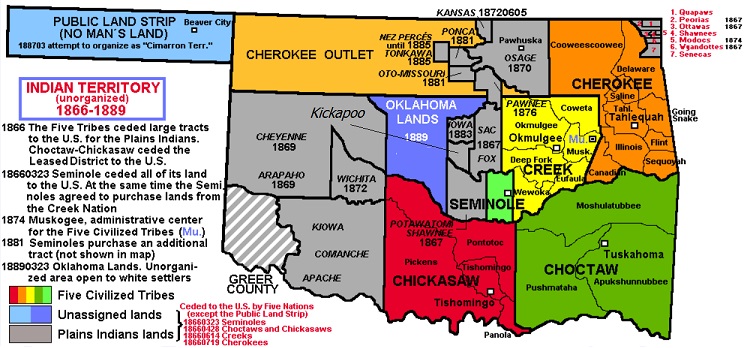
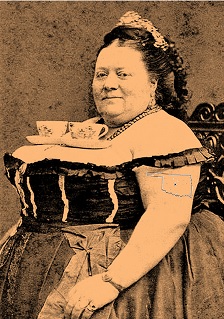 Gentlemen, meet Oklahoma – or, part of her, anyway. That ‘unassigned’ section there in the middle. I like this one allot (see what I did there?) but you don’t wanna end up holding her panhandle, I assure you.
Gentlemen, meet Oklahoma – or, part of her, anyway. That ‘unassigned’ section there in the middle. I like this one allot (see what I did there?) but you don’t wanna end up holding her panhandle, I assure you.